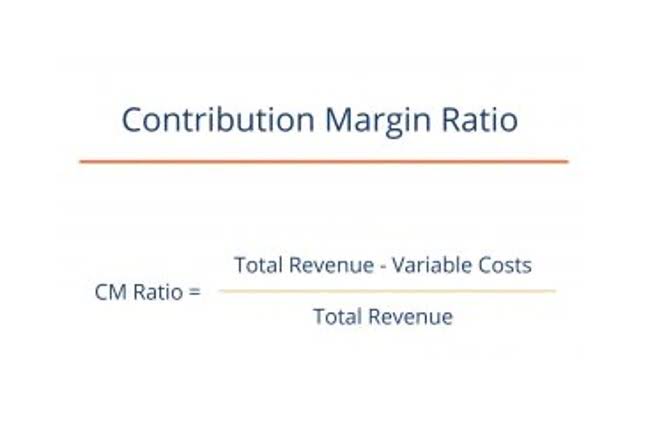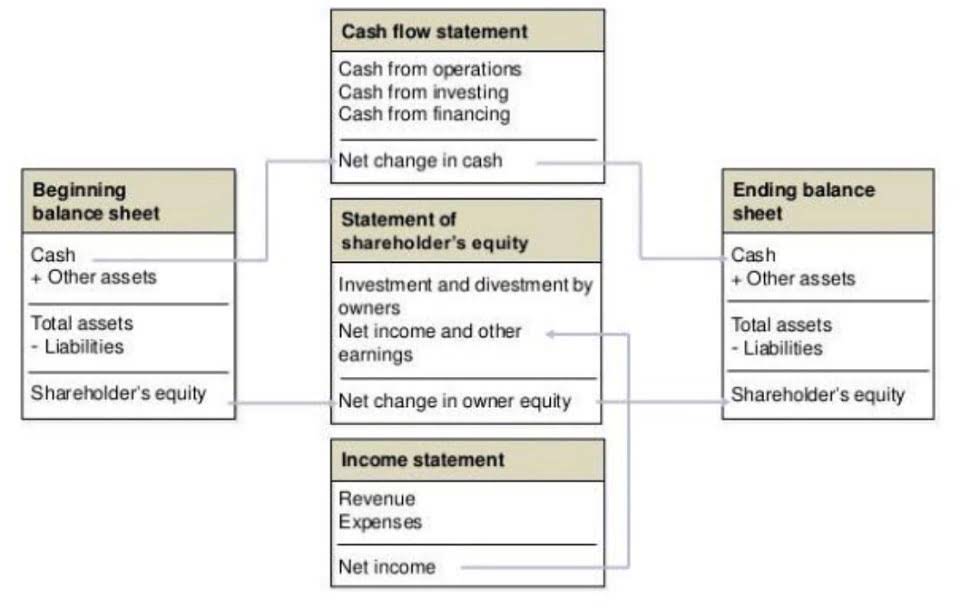
This can be especially helpful when you’re looking for errors or want to be extra sure there are no mistakes. This double-entry ensures the accounting T-account equation remains balanced. Purchasing equipment on accountThe company purchases equipment worth $4,800 on account, increasing Equipment (asset) and Accounts Payable T-account (liability).
Cash Flow Statement
Following the famous t accounts double-entry system, these accounts affect both the debit and credit sides. They make it easy to record transactions and understand the basics of accounting. This is crucial for keeping your financial records in tip-top shape.
Why T-Accounts Can’t be Used by Single Entry Systems?
The total difference between the debit and credit columns will be displayed on the bottom of the corresponding side. In other words, an account with a credit balance will have a total on the bottom https://unterrichtsgestaltung-mit-medien.de/2021/12/20/is-cash-short-and-over-an-expense-a-full-2/ of the right side of the account. Creating T Accounts in Excel might sound a bit like accounting jargon, but it’s a handy skill that can make tracking financial transactions much easier.

Understand the Debit & Credit Lingo
- Better Cash Flow Management is also achievable with T accounts for Accounts Receivable.
- Asset accounts have a debit balance and represent the resources a company has at its disposal.
- In the Supplies T-Account, the $3,300 purchase of supplies goes on the left (debit) side of the account because Supplies is increasing.
- Discover how businesses like yours are using Baremetrics to drive growth and success.
The corresponding debit or credit will be reflected in another account’s T-account—such as inventory, expenses, or cash. T-accounts are one of the first concepts covered in accounting fundamentals. They provide a simple, visual way to show how amounts flow in and out of an account. For this reason, they serve as a core tool for understanding debits, credits, and how financial statements are built.


The credits and debits are documented in a general ledger, which must match all account balances. At first, solidcore held multiple accounts across multiple vendors and multiple users. The accounts payable department recorded receipts in the general ledger one by one, leading to a backlog. Without a proper purchasing management system, company executives couldn’t get real-time, accurate data on their cash flow, current assets, and expense accounts. T-accounts are gold for understanding and managing a business’s financial transactions.

What are the advantages of using T accounts?
- The balance sheet summarizes the financial position of the company at the end of a specific period, usually at the end of the fiscal year.
- The debits for each transaction are posted on the left side while the credits are posted on the right side.
- The spreadsheet lets you see how your spending habits impact your overall balance.
- Assets, liabilities, and shareholder’s equity are the major components of the balance sheet or statement of financial position.
- To maintain balance, repeat this process for all accounts involved in the transaction.
- Customers owe accounts receivable (AR), which is considered an asset and is recorded on a company’s balance sheet.
A T-account looks like the letter “t.” Each T-account has a heading at the top identifying what account it belongs to. The left side is the debit column and the right side is the credit column. Transactions are posted to each T-account just like writing a journal entry. The left side of the T-account is for debits, and the right side is for credits. In double-entry accounting, debits and credits always need to balance out.

T Accounts Examples in Accounting
Conversely, debit entries increase the account for expense accounts, and credit entries decrease it. A listing of the accounts available in the accounting system in which to record entries. The chart of accounts consists of balance sheet accounts (assets, liabilities, stockholders’ equity) and income statement accounts (revenues, expenses, gains, losses). The chart of accounts can be expanded and tailored to reflect the operations of the company. As Online Accounting the business has owed both this month and last month’s rent, it has to pay £4,000.
- Baremetrics connects seamlessly with QuickBooks or allows you to upload a .csv file, making it easy to import your bookkeeping and accounting data.
- In this,the cash account goes up by $1,000 (debit), and the sales revenue account also goes up by $1,000.
- In this way, debits and credits increase or decrease the corresponding accounts to keep the books balanced.
- A T-account is a visual aid used to depict a general ledger account.
- By knowing both the ups and downs of T accounts, accountants can better use this tool to improve their journal entry management.
- A related account is Supplies Expense, which appears on the income statement.
- Since so many transactions are posted at once, it can be difficult post them all.
- I’m going to go through a really easy example to show double-entry accounting using T accounts in action.
- Total debits amount to $190,000 while total credits amount to $50,000.
- These tools offer a clear and concise way to track their finances without getting bogged down in complex spreadsheets.
- The amount in every transaction must be entered in one account as a debit (left side of the account) and in another account as a credit (right side of the account).
- Let’s break down the basics of debit and credit entries with some clear examples using T-accounts.
Shaun Conrad is a Certified Public Accountant and CPA exam expert with a passion for teaching. After almost a decade of experience in public accounting, he created MyAccountingCourse.com to help people learn accounting & finance, pass the CPA exam, and start their career. A business owner can use a T-account as a reference, checking a transaction on a specific date or the balance and movements of each account.